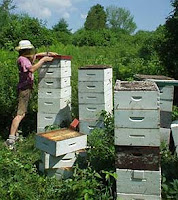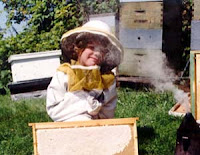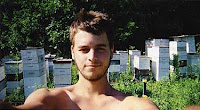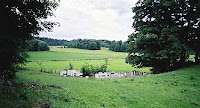elderberry for colds, flu, building the immunity system
Elderberry is older than our country.
It has long been used traditionally when a cold or flu comes as it helps to build up the immunity system in our bodies. This may assist in reducing the symptoms and hastening recovery. Elderberry may help to fight some viruses that chemical medicals do not work on, and this is so important with colds and flu going around this winter and with the flu vaccine in short supply.
It is also beneficial to rest more, drink a lot of fluids, and use sliced raw garlic in soups and sandwiches.
Elderberry bushes were planted outside of the Vermont farm kitchen so that the berries could be easily gathered and used by family members when they got a cold or flu. Elderberry remains an important part of a home medicine cabinet. It works in synergy with our Apitherapy raw honey and continues a long tradition of plant medicine in our country.
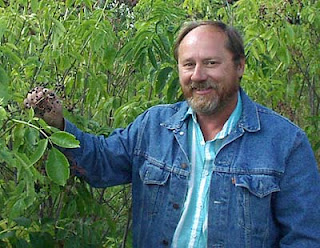
source of our berries

second week of September each season
Thank you for your interest in and support of plant medicine.
